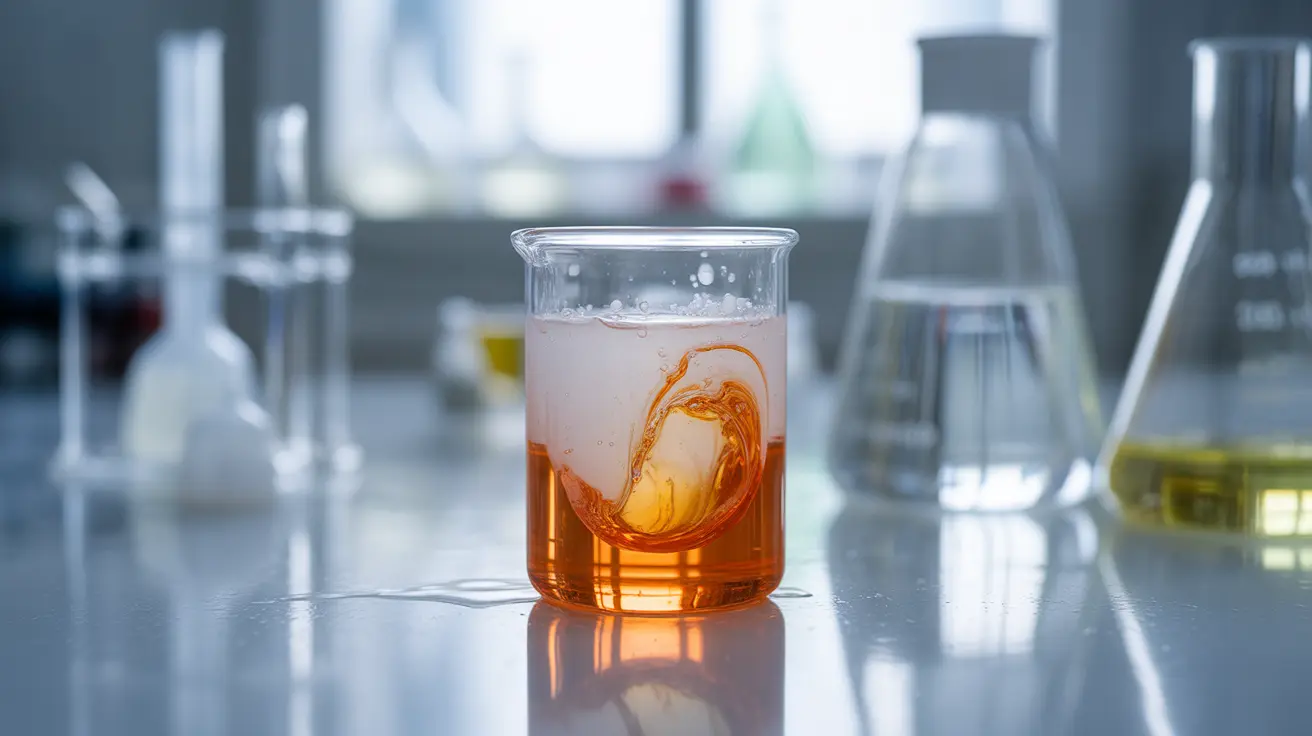Sodium hydroxide, commonly known as lye or caustic soda, is a powerful alkaline compound that has found its way into various skin care formulations. While this chemical might sound alarming due to its industrial applications, sodium hydroxide in skin care serves specific purposes when used in carefully controlled concentrations by cosmetic chemists.
Understanding the role of this ingredient in your beauty products is crucial for making informed decisions about your skin care routine, especially if you have sensitive skin or are prone to reactions. This comprehensive guide explores the safety profile, applications, and potential concerns associated with sodium hydroxide in cosmetic formulations.
The Science Behind Sodium Hydroxide in Cosmetics
In the world of skin care manufacturing, sodium hydroxide functions primarily as a pH adjuster and saponification agent. When formulating products, cosmetic chemists use this compound to neutralize acids and achieve the optimal pH balance that ensures product stability and skin compatibility.
The concentration of sodium hydroxide in finished cosmetic products is typically extremely low, often less than 1%. At these minimal levels, the compound has usually reacted with other ingredients during the manufacturing process, transforming into different, gentler compounds that no longer retain the harsh properties of pure sodium hydroxide.
Professional cosmetic laboratories follow strict guidelines when incorporating this ingredient, ensuring that the final product meets safety standards established by regulatory bodies like the FDA and international cosmetic safety organizations.
Common Applications in Beauty Products
Soap Manufacturing
The most traditional use of sodium hydroxide in skin care involves soap production through a process called saponification. During this chemical reaction, sodium hydroxide combines with fats and oils to create soap molecules and glycerin. In properly made soap, no free sodium hydroxide remains in the final product.
Cold-process and hot-process soap makers carefully calculate the exact amount needed to convert oils into soap while leaving a small excess of oils (called superfatting) to ensure complete neutralization of the sodium hydroxide.
pH Balancing in Formulations
Many skin care products require precise pH levels to function effectively and remain stable. Sodium hydroxide serves as an efficient pH adjuster, helping formulators achieve the slightly acidic to neutral pH range that works best with human skin's natural barrier function.
Products like cleansers, serums, and moisturizers may contain trace amounts of sodium hydroxide that have been neutralized during manufacturing, contributing to the product's overall stability and performance.
Safety Considerations and Risk Assessment
The safety of sodium hydroxide in skin care depends entirely on concentration, formulation, and proper manufacturing processes. In its pure, concentrated form, sodium hydroxide is highly caustic and can cause severe chemical burns. However, when properly formulated in cosmetic products, it poses minimal risk to most users.
Regulatory agencies have established specific concentration limits and usage guidelines for sodium hydroxide in cosmetic applications. Products that comply with these standards undergo rigorous safety testing before reaching consumers.
Individuals with compromised skin barriers, such as those with eczema or severe sensitivity, may be more susceptible to irritation from products containing even trace amounts of alkaline compounds.
Potential Side Effects and Reactions
Mild Irritation Symptoms
Some users may experience mild skin irritation when using products containing sodium hydroxide, particularly during initial use or with sensitive skin types. Common mild reactions include temporary redness, slight stinging, or a feeling of tightness immediately after application.
These reactions often subside as the skin adjusts to the product, but discontinuing use is advisable if symptoms persist or worsen.
Severe Reactions and Chemical Burns
While rare in properly formulated cosmetic products, severe reactions can occur if products contain excessive concentrations of sodium hydroxide or if individuals have extreme sensitivity. Signs of serious reactions include intense burning sensations, blistering, severe redness, or skin breakdown.
Chemical burns from sodium hydroxide require immediate medical attention and thorough flushing with clean water. Such severe reactions are more likely to occur from DIY formulations or products from unregulated manufacturers.
Identifying Adverse Reactions
Recognizing the early signs of a negative reaction to sodium hydroxide in skin care products enables prompt intervention and prevents more serious complications. Initial warning signs include unusual warmth or heat sensation upon application, immediate redness that doesn't fade within minutes, or any tingling that progresses to burning.
Delayed reactions may manifest as persistent irritation, increased sensitivity to other products, or developing contact dermatitis in the days following product use. Keeping a skin care diary can help identify patterns and problematic ingredients.
If you suspect a reaction to sodium hydroxide, discontinue the product immediately, cleanse the area gently with cool water, and avoid applying other active ingredients until the skin returns to normal. Severe or persistent reactions warrant consultation with a dermatologist or healthcare provider.
Making Informed Product Choices
When selecting skin care products, reading ingredient labels becomes essential for those concerned about sodium hydroxide inclusion. Look for products from reputable manufacturers who follow good manufacturing practices and provide transparency about their formulation processes.
Consider starting with patch testing when trying new products, especially if you have a history of skin sensitivity. Apply a small amount to an inconspicuous area and monitor for 24-48 hours before full facial application.
Consulting with a dermatologist can provide personalized guidance, particularly for individuals with known sensitivities, compromised skin barriers, or specific skin conditions that may increase reaction risk.
Frequently Asked Questions
Is sodium hydroxide safe to use in skin care products?
When used in appropriate concentrations and properly formulated by reputable manufacturers, sodium hydroxide can be safe in skin care products. The key is that it's typically present in very low concentrations (usually less than 1%) and often completely neutralized during the manufacturing process. However, products must comply with cosmetic safety regulations to ensure consumer safety.
What are the side effects of sodium hydroxide on sensitive skin?
Sensitive skin may experience irritation, redness, stinging, or burning sensations when exposed to products containing sodium hydroxide. Some individuals might develop contact dermatitis, increased skin sensitivity, or temporary tightness. Those with compromised skin barriers, eczema, or severe sensitivities are at higher risk for adverse reactions and should exercise extra caution.
Can sodium hydroxide cause chemical burns or skin irritation?
Yes, sodium hydroxide can cause chemical burns and skin irritation, particularly in concentrated forms or improperly formulated products. While severe burns are rare in regulated cosmetic products, they can occur with DIY formulations or products from unregulated sources. Mild irritation is more common and may include redness, stinging, or temporary discomfort upon application.
Why is sodium hydroxide used in soap and skin care products?
Sodium hydroxide serves multiple purposes in skin care formulations. In soap making, it's essential for the saponification process that converts fats and oils into soap. In other cosmetic products, it functions primarily as a pH adjuster, helping formulators achieve the optimal pH balance for product stability and skin compatibility. It also helps neutralize acids in formulations and can act as a processing aid during manufacturing.
How can I tell if I'm having a bad reaction to sodium hydroxide in skincare?
Signs of a negative reaction include immediate burning or stinging upon application, persistent redness that doesn't fade, unusual warmth or heat sensation, skin tightness, or developing rash or bumps in the treated area. Severe reactions may include blistering, intense burning, or skin breakdown. If you experience any concerning symptoms, discontinue use immediately, rinse the area with cool water, and seek medical attention for severe reactions.




